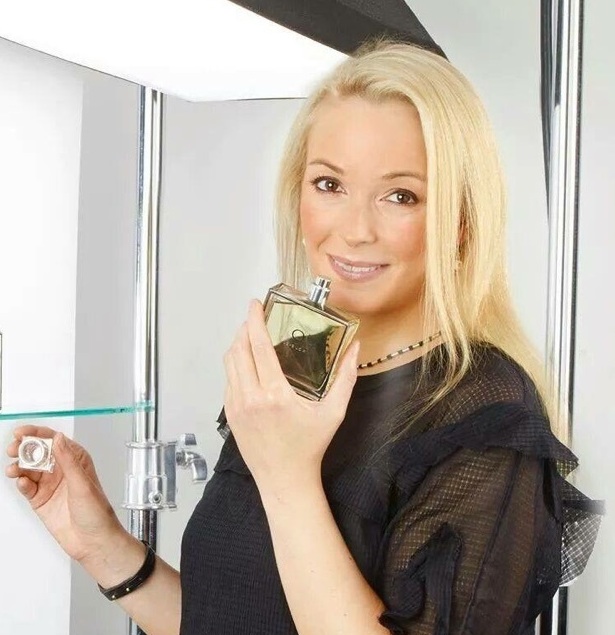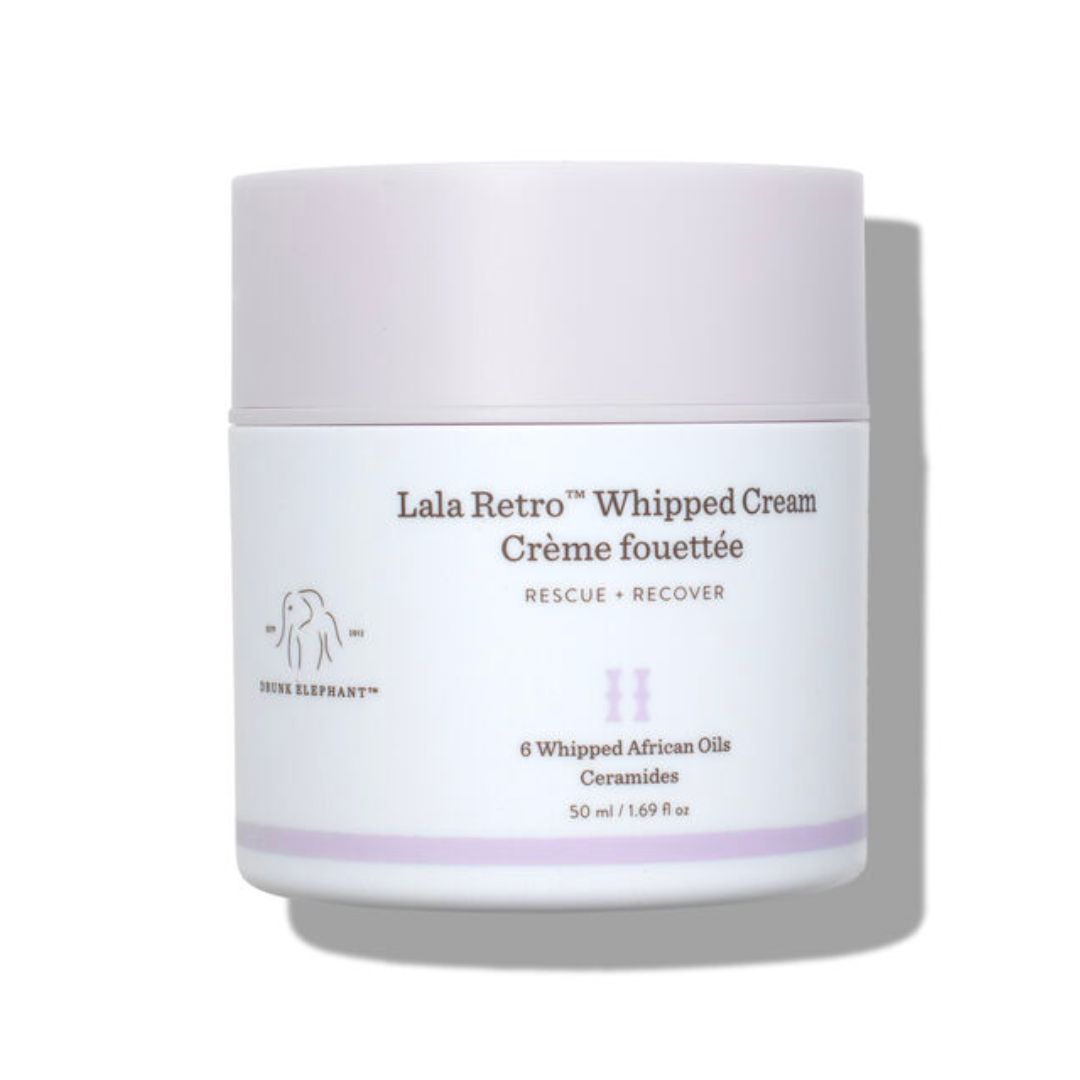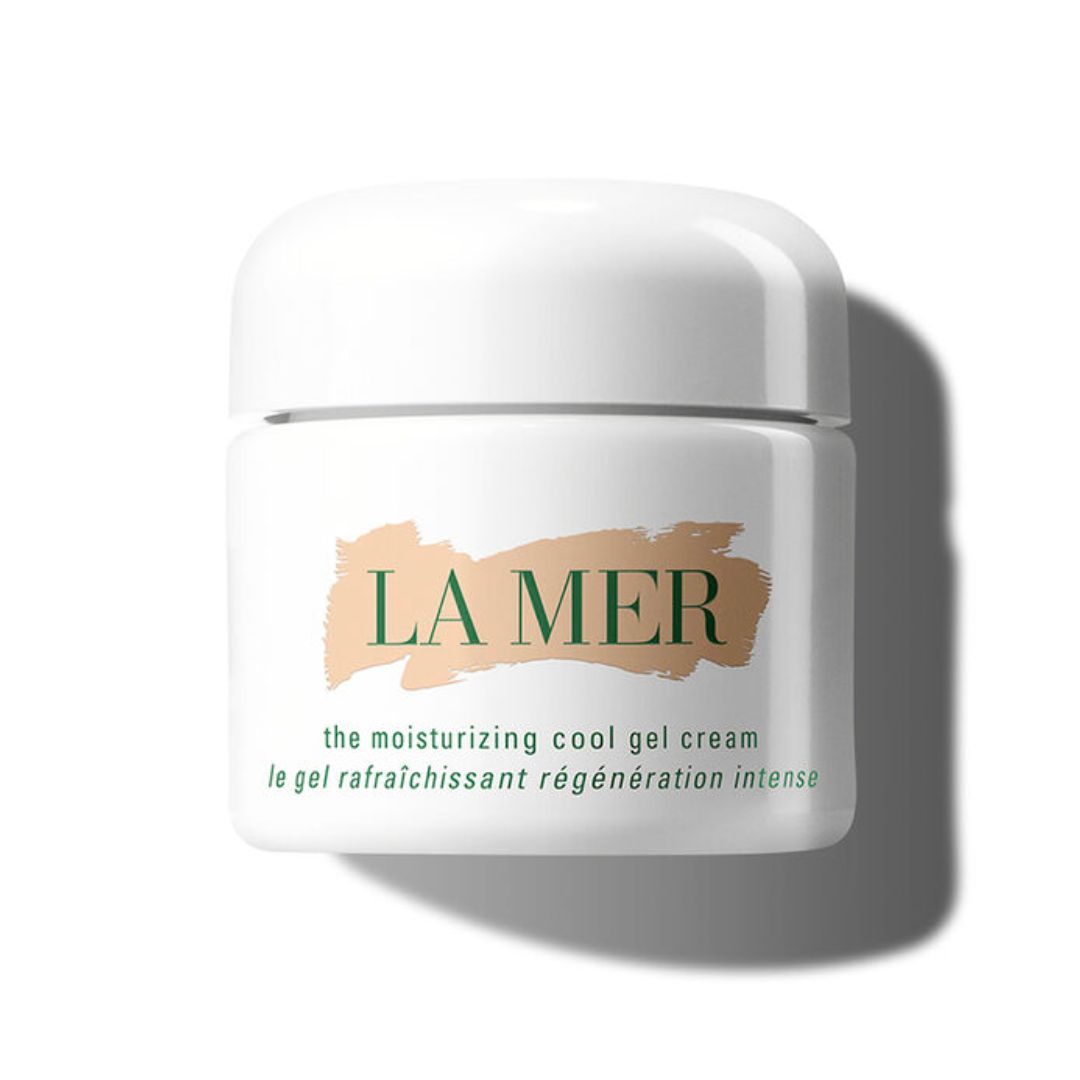Do you have dry or dehydrated skin? Here's how to figure it out according to the pros
Because yes, there is a difference

Shannon Lawlor

Assuming you applied your face cream this morning and it only ‘sort of’ did what you wanted it to, then you probably haven’t nailed whether you have dry or dehydrated skin. You see, there's no point in splurging on the best moisturiser for dry skin, when actually your skin is just dehydrated.
"You can actually see and feel a difference between dry and dehydrated skin," says Georgia Louise, La Mer Global Ambassador and facialist to Jennifer Aniston. "Dehydrated skin feels tight and looks dull with superficial fine lines. Dryness can show up as redness, flakes and an uneven texture."
Also important: dryness refers to a skin type. Dehydration is a temporary skin condition that can be reversed. Both dryness and dehydration require some nurturing of the skin barrier.
Here’s a breakdown of the key differences and what you can do to get your skin looking its healthiest again…
How to test if your skin is dehydrated or dry
Smile to test for dehydration —it really is that simple.
"If it feels tight, you are probably suffering from dehydrated skin," says Louise. "If you see dark circles and an uptick in fine lines, that’s also an indication."
To test for dryness, rub gently on one area of skin. "If you see loose skin cells in the form of flakes, or your face quickly turns red and becomes inflamed, then you likely have dry skin."
Celebrity news, beauty, fashion advice, and fascinating features, delivered straight to your inbox!
What is dry skin and how do you treat it?
Dry skin lacks oil because it produces less sebum than normal skin.
"As a result it lacks the lipids it needs to retain moisture, make rough skin feel smooth and keep the skin barrier strong," says Paula Begoun, founder of Paul’s Choice skincare.
This is particularly true of Black skin, which naturally has lower levels of lipids than white skin. What’s more, the dead cells on its surface don't slough off as quickly, which can give dark skin a greyish cast. Lactic acid is an exfoliator that is gentle enough to use on dry skin to eliminate this ashiness.
But be warned, there is such thing as exfoliating too often. "Avoid over exfoliating as this will strip skin of moisture," says Louise. "Once or twice a week should suffice."
When scanning the ingredients’ list in search for the best treatment, look for humectants like glycerin, which pull moisture from the atmosphere into the skin.
"Also important are repairing ceramides [a form of lipids or fat molecules]," says Begoun. "These fill in the cracks between skin cells by forming a protective layer that limits moisture loss and protects against damage from pollution."
In other words, ceramides give skin its plump, hydrated, balanced appearance. On labels, you’ll see them listed as ceramide AP, ceramide EOP, ceramide NG, ceramide NP, ceramide NS, phytosphingosine and sphingosine.
The best treatments for dry skin
What is dehydrated skin and how do you treat it?
Dehydrated skin, on the other hand, lacks water, not oil. "So you can have an oily complexion but still have dehydrated skin," says Louise.
Dehydration is caused by many factors, but the most common are low humidity, diet, hot showers and central heating, which sap skin of water and make it more sensitive during the harsh winter months.
Look for moisturisers with ingredients that prevent water loss. Hyaluronic acid is the gold standard as it is a sponge-like molecule that naturally attracts water. It then binds it to the collagen in your skin, giving your face back its dewiness.
The best treatments for dehydrated skin
The golden rule for both dry and dehydrated skin
Whether you have dry or dehydrated skin, the biggest mistake people make is incorrectly layering their skincare, says Louise.
"Always remember to layer your products in order," she says. "Start with the lightest first, like serums, and work your way to the heaviest in texture. These are your creams, oils and sunscreens."
Why is this important? Products designed for travelling into the deeper layers of skin, like serums, are made up of tiny molecules. Moisturiser, on the other hand, has larger molecules as it sits on the uppermost layers.
"A serum placed on top of moisturiser can’t penetrate through these larger molecules," she adds.
Trust us, follow these rules and your lacklustre skin will be back at its juiciest in no time.

Fiona Embleton has been a beauty editor for over 10 years, writing and editing beauty copy and testing over 10,000 products. She has previously worked for magazines like Marie Claire, Stylist, Cosmopolitan and Women’s Health. Beauty journalism allowed her to marry up her first class degree in English Literature and Language (she’s a stickler for grammar and a self-confessed ingredients geek) with a passion for make-up and skincare, photography and catwalk trends.
- Shannon LawlorExecutive Beauty Editor





